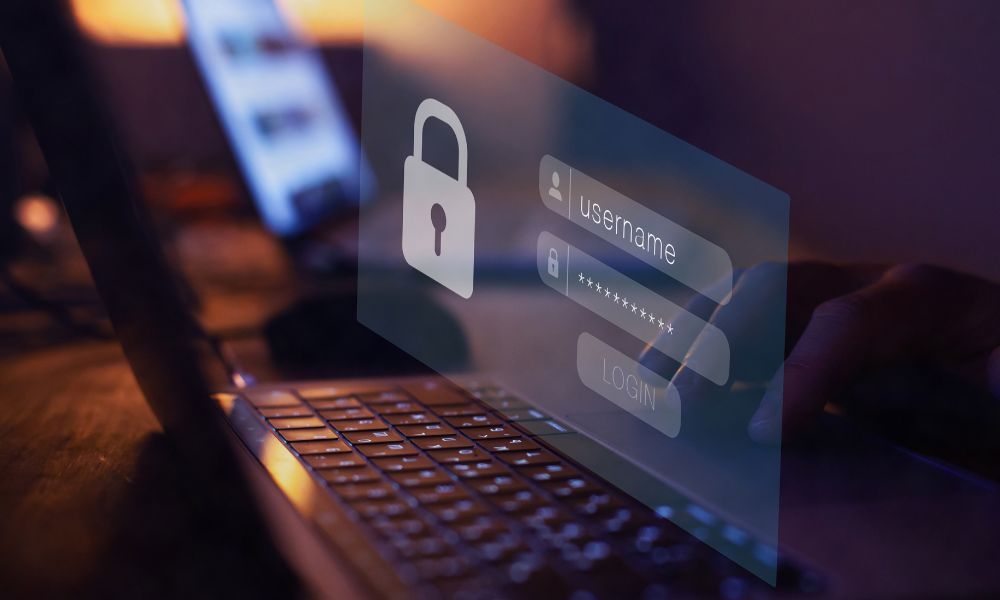As we progress through 2025, the landscape of cybersecurity continues to evolve at an unprecedented pace. Traditional perimeter-based security models are no longer sufficient to protect organizations from increasingly sophisticated cyber threats. Instead, Zero Trust Security has emerged as the leading approach to safeguard sensitive data and systems effectively. This article explores the best practices of Zero Trust Security in 2025 and how organizations can implement this model to ensure their data remains secure.
Understanding Zero Trust Security
Zero Trust Security is a cybersecurity framework based on the principle of “never trust, always verify.” Unlike traditional security models that assume users and devices inside the corporate network are trustworthy, Zero Trust operates under the assumption that threats can originate from both inside and outside the network. Therefore, every access request must be continuously validated before granting access to resources.
The goal is to minimize the attack surface, limit lateral movement by attackers, and protect critical data and assets regardless of where users or devices are located. This approach is especially crucial in 2025 as organizations increasingly adopt hybrid work models, cloud services, and Internet of Things (IoT) devices.
Why Zero Trust Matters More Than Ever in 2025
Several trends make Zero Trust a necessity for modern enterprises:
-
Hybrid Work Environments: With many employees working remotely or from multiple locations, the traditional network perimeter has dissolved.
-
Cloud Adoption: Organizations use multiple cloud services, making it difficult to enforce a perimeter-based defense.
-
Advanced Threats: Cyberattacks such as ransomware, phishing, and supply chain attacks have grown in sophistication.
-
Regulatory Compliance: Laws such as GDPR, CCPA, and other data privacy regulations require stricter data protection.
-
IoT Expansion: The proliferation of connected devices increases the number of entry points for attackers.
Against this backdrop, Zero Trust provides a robust framework to manage these risks effectively.
Zero Trust Security Best Practices for 2025
To implement an effective Zero Trust Security strategy, organizations must adopt several best practices that align with the latest technologies and threat landscape.
1. Implement Strong Identity and Access Management (IAM)
Identity is the new perimeter in a Zero Trust architecture. Effective IAM involves:
-
Multi-Factor Authentication (MFA): Require multiple authentication factors such as biometrics, hardware tokens, or mobile apps to verify user identities.
-
Least Privilege Access: Grant users the minimum access necessary for their roles to reduce risk.
-
Continuous Authentication: Use behavioral analytics and context-aware access controls that evaluate user behavior and environment before granting or maintaining access.
-
Role-Based and Attribute-Based Access Control (RBAC and ABAC): Define access rights based on roles and user attributes like location, device health, and time of access.
2. Micro segmentation of Networks
Zero Trust advocates dividing the network into smaller, isolated segments to restrict lateral movement by attackers. This includes:
-
Creating security zones with strict access controls between segments.
-
Applying granular policies to applications, workloads, and data.
-
Using software-defined networking (SDN) and next-gen firewalls to enforce segmentation dynamically.
Micro segmentation limits the damage caused by compromised devices or users and contains threats within smaller network areas.
3. Comprehensive Device Security
Securing endpoints is critical since devices are often the entry points for attackers. Best practices include:
-
Enforcing device compliance checks before granting access (checking OS version, patches, antivirus status).
-
Using Endpoint Detection and Response (EDR) solutions to monitor device activity and respond to threats in real-time.
-
Implementing Mobile Device Management (MDM) and Mobile Application Management (MAM) for remote and mobile users.
-
Encrypting data stored and transmitted on devices.
4. Adopt Cloud-Native Security Tools
As cloud environments dominate, Zero Trust must extend seamlessly into cloud platforms:
-
Use Cloud Access Security Brokers (CASBs) to monitor and control access to cloud services.
-
Deploy cloud workload protection platforms (CWPP) to secure containers, serverless functions, and virtual machines.
-
Implement Infrastructure as Code (IaC) security to identify misconfigurations and vulnerabilities early in the development lifecycle.
-
Enable automated security policies that adapt to cloud scaling and dynamic environments.
5. Continuous Monitoring and Analytics
Zero Trust is a dynamic model requiring continuous visibility and response capabilities:
-
Use Security Information and Event Management (SIEM) and Security Orchestration, Automation, and Response (SOAR) systems for real-time threat detection.
-
Leverage Artificial Intelligence (AI) and Machine Learning (ML) to analyze patterns and detect anomalies that could signal attacks.
-
Monitor user and entity behavior (UEBA) to identify unusual activities.
-
Integrate threat intelligence feeds to stay updated on emerging threats.
6. Secure Data at Rest and in Transit
Data protection remains paramount under Zero Trust:
-
Encrypt all sensitive data, whether stored or moving across networks.
-
Use Data Loss Prevention (DLP) tools to prevent unauthorized data exfiltration.
-
Classify data based on sensitivity to apply tailored protection.
-
Implement strict data access policies and audit trails to track data usage.
7. Automate Security Policies and Incident Response
Manual security management cannot keep pace with modern threats:
-
Automate policy enforcement to reduce human error and speed up response.
-
Use automated playbooks for common security incidents.
-
Integrate Zero Trust tools with incident response platforms for faster containment and remediation.
-
Regularly test incident response plans with simulations and tabletop exercises.
8. Educate and Train Employees
Human error is often the weakest link in security:
-
Conduct ongoing cybersecurity awareness training focused on phishing, social engineering, and Zero Trust principles.
-
Encourage reporting of suspicious activities.
-
Foster a security-first culture that prioritizes vigilance.
9. Regularly Assess and Update Your Zero Trust Architecture
The cybersecurity landscape is constantly evolving:
-
Perform regular audits and penetration testing to evaluate your Zero Trust implementation.
-
Review and update access controls and policies based on changes in user roles, applications, or threat intelligence.
-
Stay current with emerging technologies like confidential computing and hardware-based security enhancements.
Challenges to Anticipate and Overcome
While Zero Trust offers a powerful framework, organizations may face challenges:
-
Complexity: Implementing Zero Trust requires integration of multiple technologies and processes.
-
Legacy Systems: Older applications and infrastructure may not support modern authentication or segmentation.
-
Resource Intensity: Continuous monitoring and management require skilled personnel and investments.
-
Change Management: User adoption can be hindered by changes in workflows and access restrictions.
Addressing these challenges involves strategic planning, phased implementation, and leveraging managed security service providers (MSSPs) if needed.
Conclusion
Zero Trust Security is not just a buzzword but a necessary paradigm shift in 2025 for securing organizational data in a world without traditional network perimeters. By embracing best practices such as strong identity management, micro segmentation, continuous monitoring, and cloud-native security, organizations can build resilient defenses against evolving cyber threats.
As cybercriminals grow more sophisticated and the digital ecosystem becomes more complex, adopting a Zero Trust approach enables businesses to protect their most valuable asset — their data — with confidence and agility. The future of cybersecurity is Zero Trust, and 2025 is the year to fully commit.
- Zero Trust Security Best Practices: Securing Your Data in 2025
- Explore top Zero Trust Security best practices to safeguard your data in 2025 against evolving cyber threats.
- #cybersecurity
Related posts:
 How Much Does a Professional Website Cost in Malaysia? (2025 Pricing Guide)
How Much Does a Professional Website Cost in Malaysia? (2025 Pricing Guide)
 Why Offline Music Is Still Essential in a Streaming-First World
Why Offline Music Is Still Essential in a Streaming-First World
 What Makes the Best HR Management WordPress Theme for Your Business?
What Makes the Best HR Management WordPress Theme for Your Business?
 Top 10 Web Design Agencies in Dublin, Ireland for E-commerce Success
Top 10 Web Design Agencies in Dublin, Ireland for E-commerce Success
 How to Set up an Online WooCommerce Store Easily – Step by Step
How to Set up an Online WooCommerce Store Easily – Step by Step
 Best Free and Secure WordPress Themes for Charity Foundations
Best Free and Secure WordPress Themes for Charity Foundations
 Dubai’s Creative Engine: How Inoventive 3D is Shaping the Future of 3D Printing in the UAE
Dubai’s Creative Engine: How Inoventive 3D is Shaping the Future of 3D Printing in the UAE
 Integrating CRM and ERP Tools Through Custom Web Development
Integrating CRM and ERP Tools Through Custom Web Development






